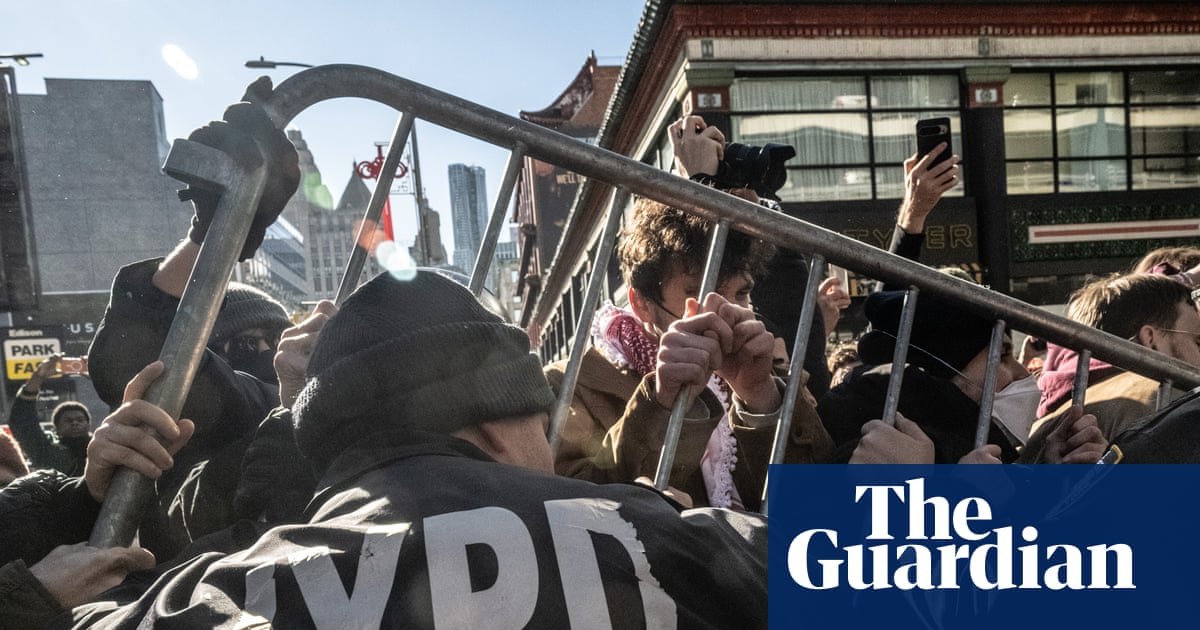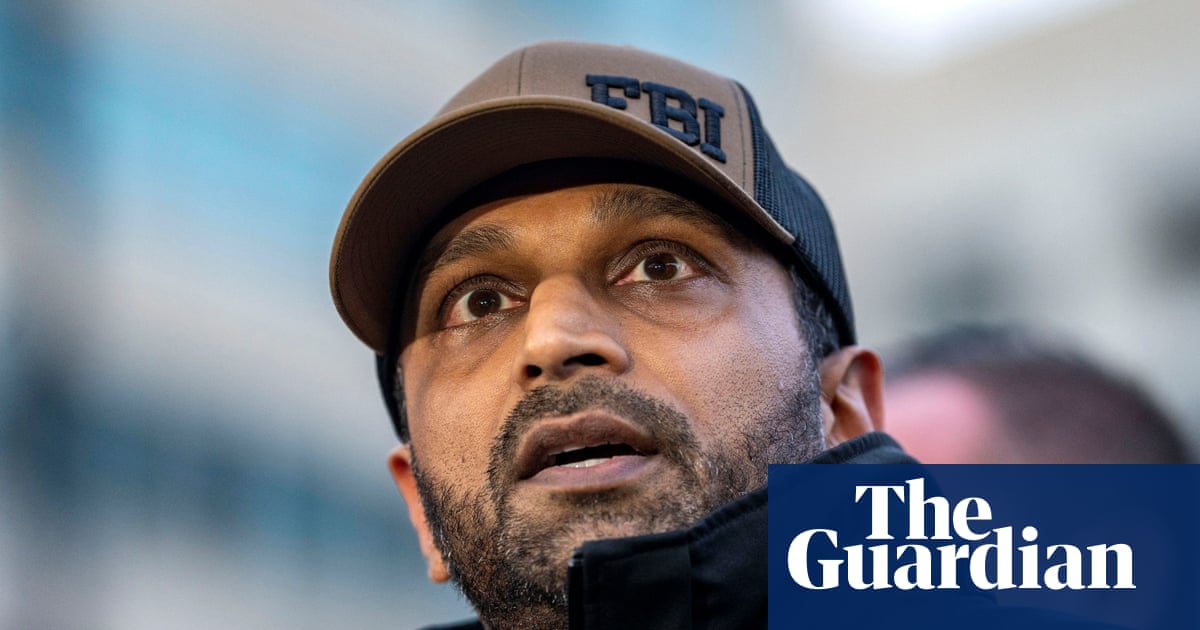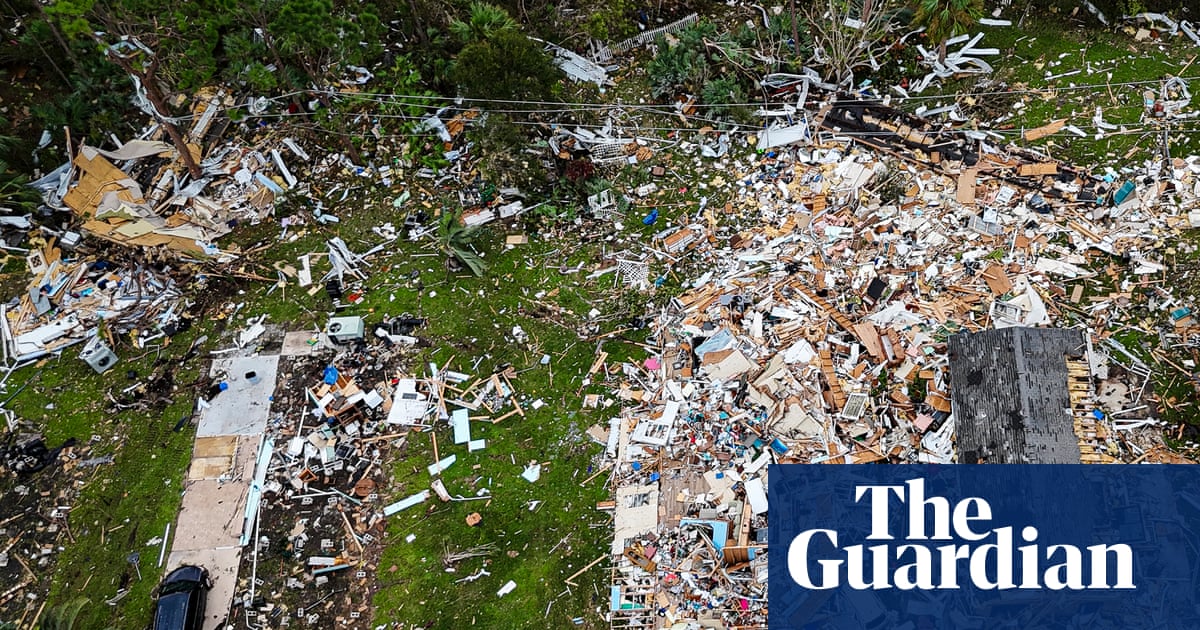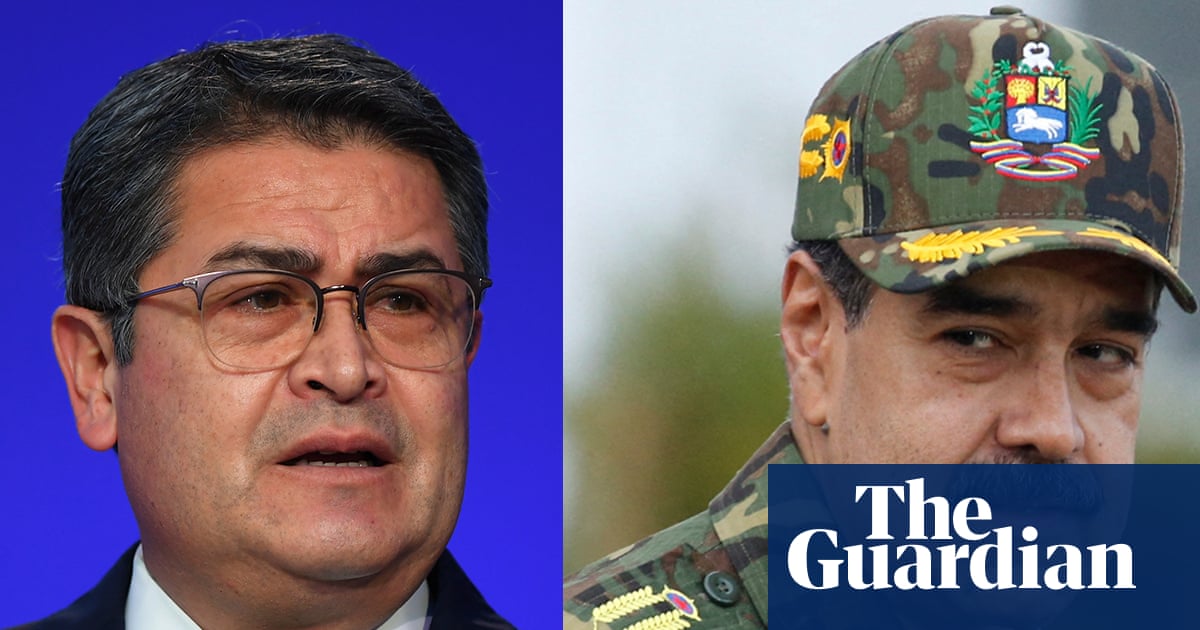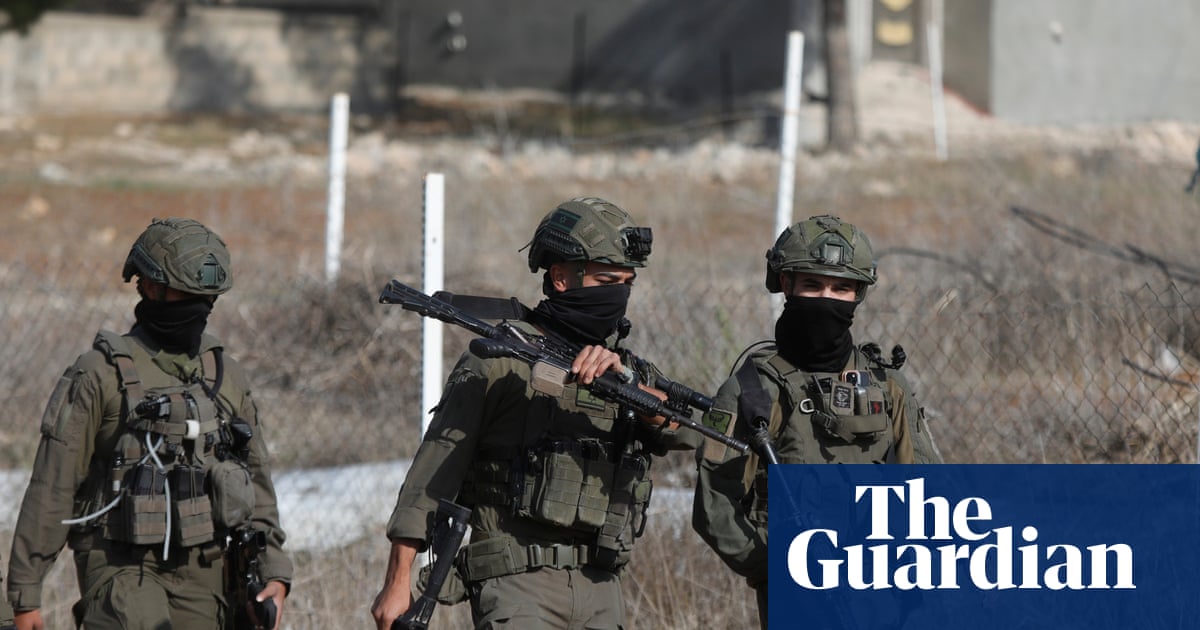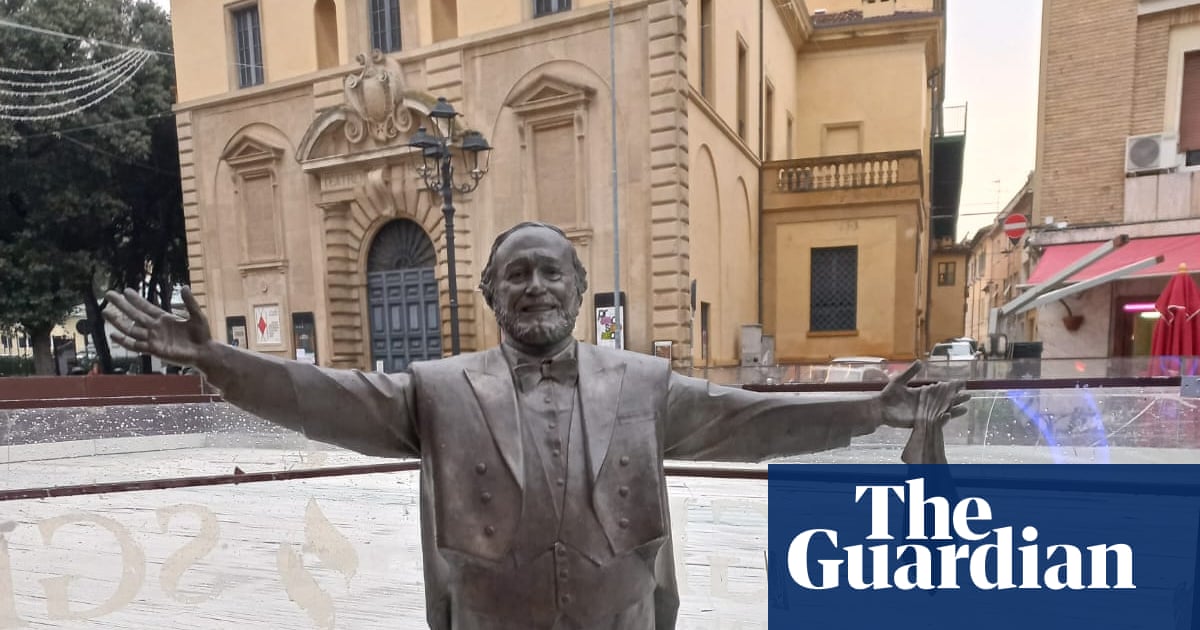These days present quite a unique phenomenon: the first-ever US march of the babysitters. They vary in their qualifications and attributes, but they all share the same mission – to prevent an Israeli breach, or even destruction, of Gaza’s fragile ceasefire. Since the war ended, there have been few days without at least one of Donald Trump’s envoys on the ground. Just this past week saw the likes of Jared Kushner, Steve Witkoff, JD Vance and Marco Rubio – all arriving to perform their duties.
Israel keeps them busy. In just a few days it launched a series of attacks in Gaza after the killings of two Israel Defense Forces (IDF) soldiers – resulting, according to reports, in dozens of Palestinian casualties. Several ministers called for a resumption of the war, and the Knesset passed a preliminary decision to annex the West Bank. The US reaction was somewhere between “no” and “hell no”.
Yet in more than one sense, the Trump administration seems more focused on maintaining the current, uneasy phase of the ceasefire than on progressing to the next: the rehabilitation of Gaza. When it comes to that, it appears the US may have ambitions but no concrete plans.
For now, it remains unclear when the proposed international governing body will actually take power, and the same goes for the designated security force – or even the identity of its soldiers. On Tuesday, Vance said the US would not impose the composition of the foreign force on Israel. But if Benjamin Netanyahu’s government continues to reject one alternative after another – as it did the Turkish proposal this week – what happens then? There is also the reverse question: who will determine whether the forces favoured by Israel are even interested in the mission?
The question of how long it will take to disarm Hamas is equally vague. “Our hope in the administration is that the international security force is going to now take the lead in disarming Hamas,” said Vance this week. “That’s going to take some time.” Trump only reinforced the uncertainty, saying in an interview with Fox News on Sunday that there is no “hard” timeline for Hamas to disarm. So, theoretically, the unknown members of this yet-to-be-formed international force could enter Gaza while Hamas militants still hold power. Would they be facing a governing body or a guerrilla movement? These are just a few of the questions arising. Others might ask what the verdict will be for ordinary Palestinians as things stand, with Hamas continuing to target its own political rivals and dissidents.
Recent events have once again highlighted the blind spots of Israeli media coverage on both sides of the Gazan border. Every outlet seeks to examine every possible angle of Hamas’s violations of the ceasefire. And, in general, the fact that Hamas has been stalling the return of the bodies of killed Israeli hostages has dominated the headlines.
By contrast, coverage of civilian casualties in Gaza resulting from Israeli strikes has received little attention – if any. Take the Israeli retaliatory attacks following Sunday’s Rafah incident, in which two soldiers were killed. While Gaza’s authorities reported 44 deaths, Israeli television commentators criticised the “light response”, which targeted only infrastructure.
after newsletter promotion
This is nothing new. Over the past weekend, Gaza’s media office accused Israel of violating the ceasefire with Hamas 47 times since the truce came into effect, killing 38 Palestinians and wounding another 143. The claim appeared irrelevant to most Israeli news programmes – it was simply absent. That included reports that 11 members of a Palestinian family were killed by Israeli forces last Friday.
Gaza’s civil defence agency said the family had been trying to return to their home in the Zeitoun neighbourhood of Gaza City when the bus they were in was attacked for allegedly crossing the “yellow line” that demarcates areas under Israeli army control. That yellow line is invisible to the human eye and appears only on maps and in official documents – not always available to ordinary people in the territory.
Even that incident barely rated a mention in Israeli media. Channel 13 News referred to it briefly on its website, quoting an IDF spokesperson who said that after a suspicious vehicle was identified, troops fired warning shots towards it, “but the vehicle continued to approach the troops in a way that caused an imminent threat to them. The troops opened fire to remove the threat, in accordance with the agreement.” No casualties were reported.
With this framing, it is little wonder many Israelis feel Hamas alone is to blame for violating the ceasefire. That perception risks fuelling calls for a more aggressive approach in Gaza.
At some point – perhaps sooner rather than later – it will no longer be enough for all the president’s men to play kindergarten teachers, telling Israel what not to do. They will have to say what should be done, and exactly how.
-
Roy Schwartz is a senior editor and op-ed contributor at Haaretz
-
Do you have an opinion on the issues raised in this article? If you would like to submit a response of up to 300 words by email to be considered for publication in our letters section, please click here.

 1 month ago
50
1 month ago
50

